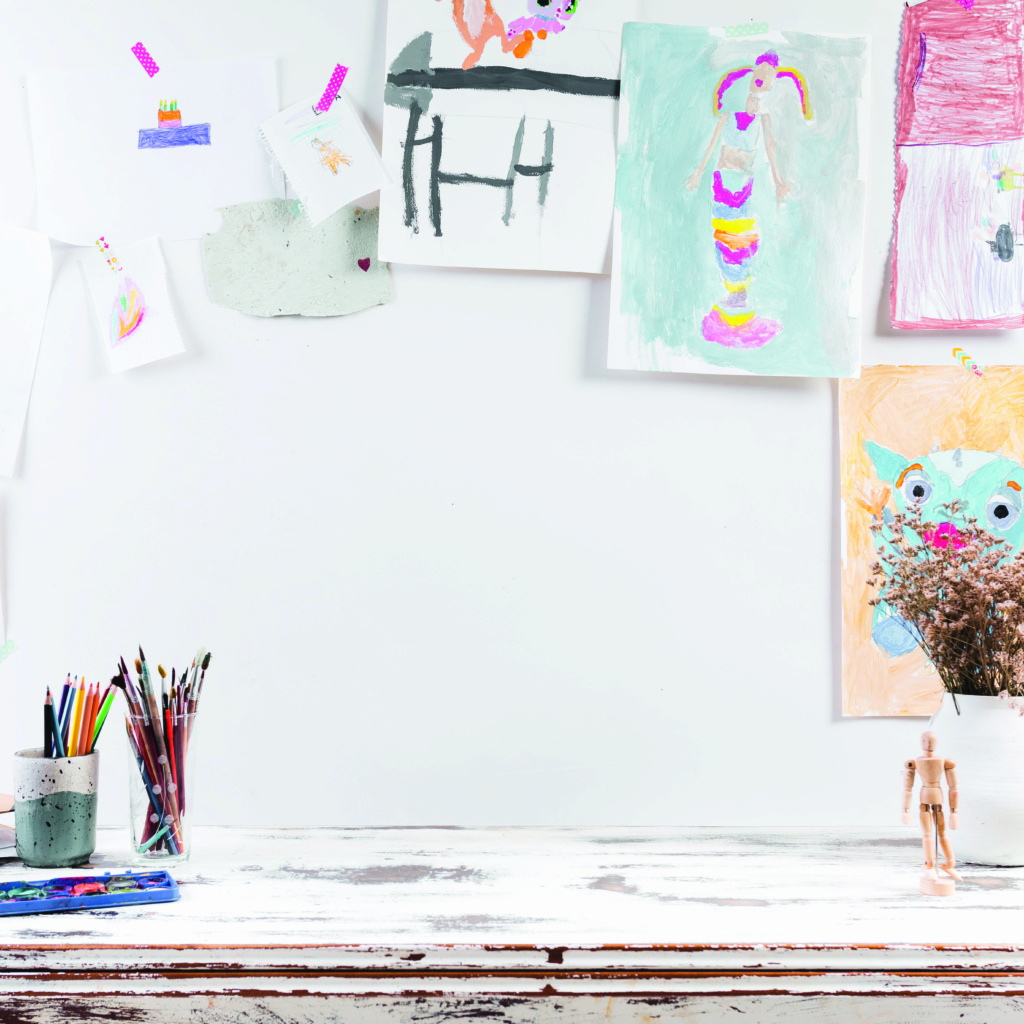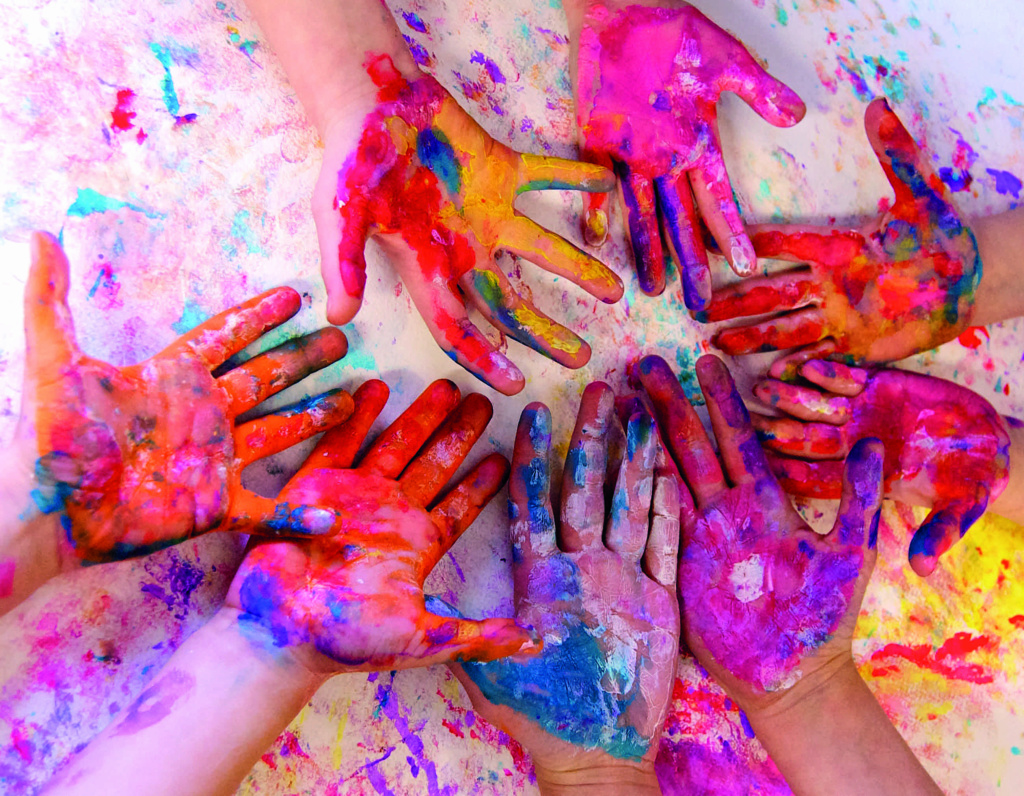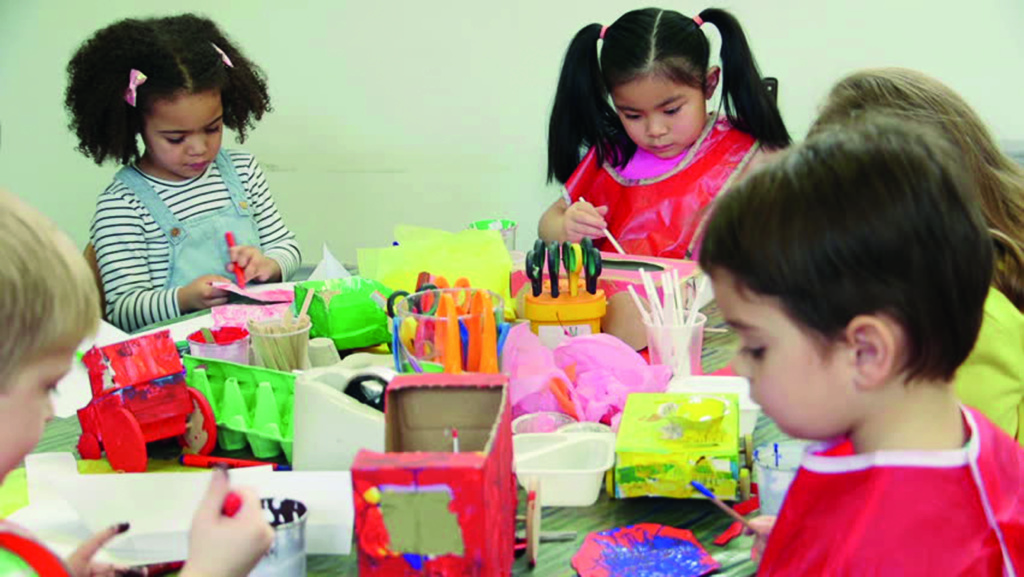
When I visited Swedish kindergartens this year I was struck by the quality and depth of the children’s artistic expressions. This led me to ask questions about the work of the Atelierista in the school. An Atelierista is a teacher with a visual arts background who works with the other teachers and the children to develop arts-based projects to summarise children’s learning experiences. Each kindergarten had an atelier (workshop or studio area) with its tools and art materials and the children spend one day a week in the studio. Art is a vehicle for enquiry in the kindergartens, and the learning taking place is very different to what I usually see in the UK. The children are taught to use art tools and are given the space to express themselves not for art’s sake, but as a source of development. The adults help the children to express their ideas because they respect them as being capable of artistic expression and they have respect for the young child. This got me wondering. Why is it that in the UK we don’t hesitate to engage in direct instruction in the basic tools of literacy and numeracy, but not in using art tools? Part of this can be explained by the problematic relationship we have between the creative arts and education in the UK that starts in the nursery, and this made me think about an experience I had recently when I visited a morning playgroup.
I joined the other adults accompanying the range of 1-4 year olds for the morning story. After the story, the young woman running the group pointed us to the refreshments and the carousel of art and craft activities on offer. The theme of the morning was transport.

“Do you want to make a bus?” an enthusiastic young helper asked as she led children to a craft table and proceeded to guide them through the process. Each child was given a red paper plate and watched while she demonstrated how to find the pre-cut-out black circles she had placed on the table and attach them to represent wheels. Other pre-cut shapes were squares and rectangles for windows and the door. The children were encouraged to look for the “circles, squares and rectangles” (shape recognition is deemed to be an important learning outcome for 3-4 year olds and a recognized school-readiness skill). She demonstrated how to use a prit-stick (glue) to attach the shapes to the plate and – hey presto – a bus! The children were clearly used to this kind of craft activity and proceeded to pick up shapes and attach them randomly on the plate. The young woman came up to ‘help’ children get the right shapes in the right place, adjusting those they had already attached to the ‘correct’ position. Before it was finished many of the children were up and away.
The next port of call was a table where children were told they could make ‘traffic lights’. Here the children were shown how to attach one black rectangle to another longer and thinner rectangle and were given three coloured circles – you’ve guessed it – a red, orange and green circle to stick on the larger rectangle to represent traffic lights (knowing your colours is another important school-readiness skill). The model for the traffic lights had already been made and the children were encouraged to copy it. Some children were told gently they had the red and green in the wrong place – clearly the helper expected them to know that these shapes weren’t really coloured circles but traffic lights, and everyone knows that red comes first etc., etc. Some didn’t stay long enough to stick anything on to anything.
I watched as a child seeing a friend at an easel and went over and began to paint alongside him. There was no direction from helpers and paint, brushes and water were freely available. This held his attention for about 15 minutes and his painting was accompanied by descriptions to his friend of what he was doing. The mass of swirling colours certainly meant something to him and he wanted to take his painting home (there was no such enthusiasm for his bus). He then moved towards the blocks’ area to do some building and played happily for about 10 minutes, again without direction, apart from some altercations with other children over who could use which blocks, which was mediated by one of the helpers.
I reflected that my experience in this drafty church hall with around 30 children and their carers could probably be found in playgroup settings and nursery placements in many places in the UK. But what is going on here? What does it tell us about adult ideas about children’s creativity?
